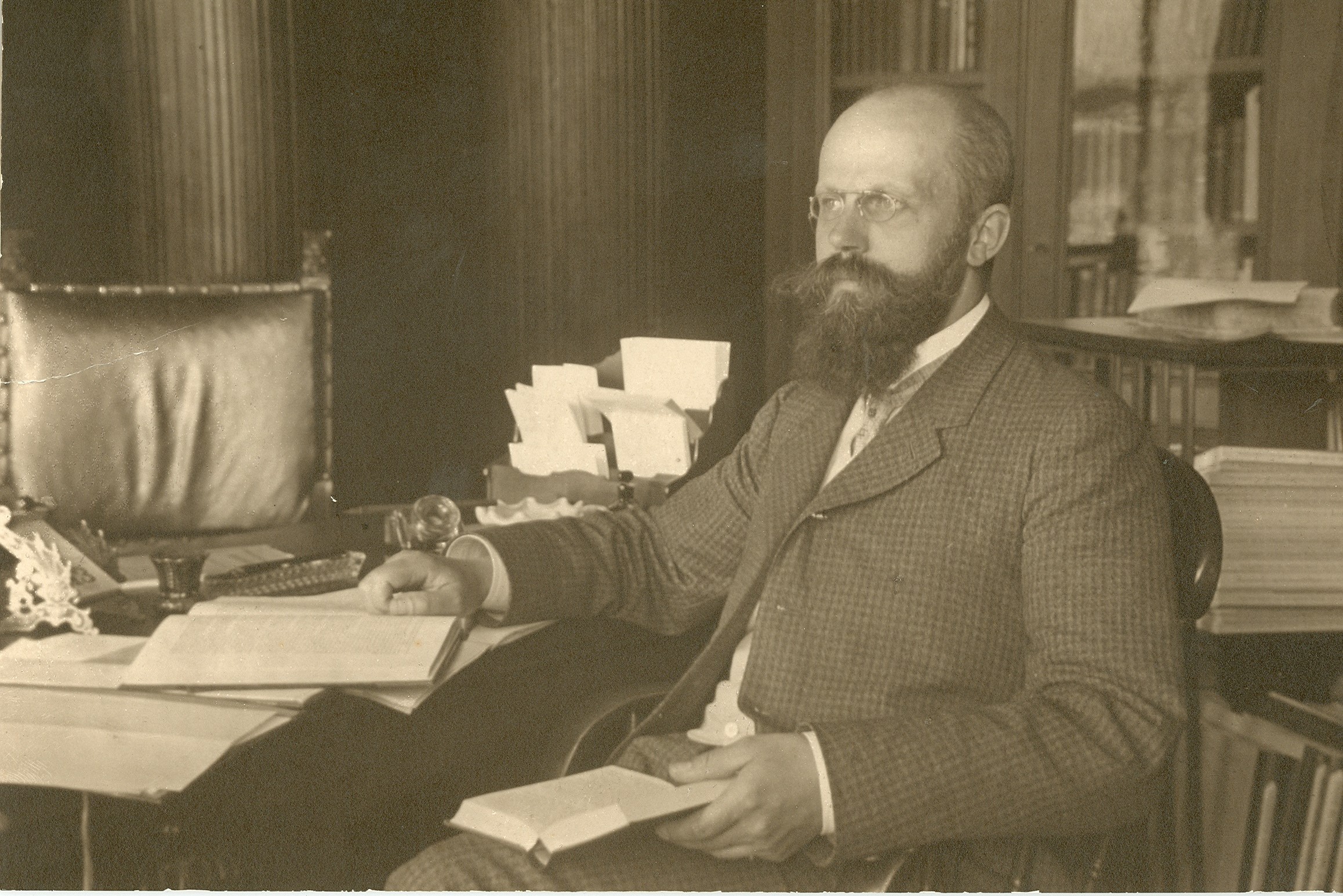1899
The Eighth General Census (which included questions on occupation and housing) was the first to be organised under the responsibility of Dr Coenraad Verrijn Stuart, director of CBS at the time. CBS’ first office was located on The Hague’s Binnenhof.
5.1 million inhabitants
The census conducted by CBS in 1899 recorded 5.1 million inhabitants in the Netherlands. At that time, census design was simple: a questionnaire with twelve questions. Aside from counting inhabitants, their occupations were also tallied and – for the first time – how they were housed. The latter was intended to provide more insight into the deplorable housing conditions of workers’ families.
The census resulted in a detailed picture of the population’s size and composition, their jobs and how they lived. Data became available by municipality and province, place of birth, nationality, age, marital status, religion, and family composition (family head, children, domestic staff, other household members). In terms of occupation, information was available on job position (supervisor or worker) and branch of industry. The housing situation included the number of rooms and – in connection with hygiene – those with access to fresh air by means of a door or window that could be opened.
Day and night shifts
Thousands of enumerators took to the streets to deliver the questionnaires to each household, and returned a few days later to collect the completed forms. CBS took on 100 extra staff to process the hundreds of thousands of forms. They worked intensively, in day and night shifts – many night workers were moonlighting civil servants – in a building rented especially for this purpose. Processing these huge numbers of forms was time consuming, cumbersome and sleep inducing: the forms had to checked, counted, sorted, compared with other forms, and then sorted again. And this process had to be repeated again and again for each characteristic: municipality, housing type, year of birth, marital status, etc.
After ten months of calculations, CBS was ready to present tables with the figures for the eleven provinces to the Minister of Home Affairs. After another year it published a summary with results for the whole country. Including the results of the occupation census and housing statistics, the publication counted almost ten thousand pages.
Adding machine
Sorting and counting were the two main jobs. They were time-consuming, inefficient and mind-numbing tasks. Counting was the first element to be mechanised: in 1901 CBS purchased the first 'self-printing adding machines', Burroughs adding machines. Sorting was often carried out by placing a large box for each of the characteristics in the population statistics, and putting buttons in these boxes for each person (single, married). At the end of the sorting stage, it was a question of just counting the buttons in the various boxes.
Precarious housing for workers
The housing statistics revealed that Dutch homes were overpopulated. Nearly 1.2 million people, over a quarter of the population, lived in one-room dwellings. The housing situation was most precarious for workers in paid employment. In the textile industry, for example, on average 45 percent of all workers (regardless of their position in the company) lived in small dwellings, with at least two persons per room. The percentage was similar in the building industry (43). Fifty percent of textile and construction workers lived in small dwellings; for casual labourers this was 62 percent, and for land labourers even 70 percent.
Amsterdam housing 10 percent
The tables show that on 31 December 1899, a total of 5,104,137 people lived in the Netherlands, of whom 3,151,536 were unmarried, 1,675,722 married, 267,798 widowed and 5,871 divorced. Amsterdam was the largest municipality with 510.8 thousand inhabitants, 10 percent of the total population. Nine of the 1,121 municipalities counted not one person over 80 years of age.

